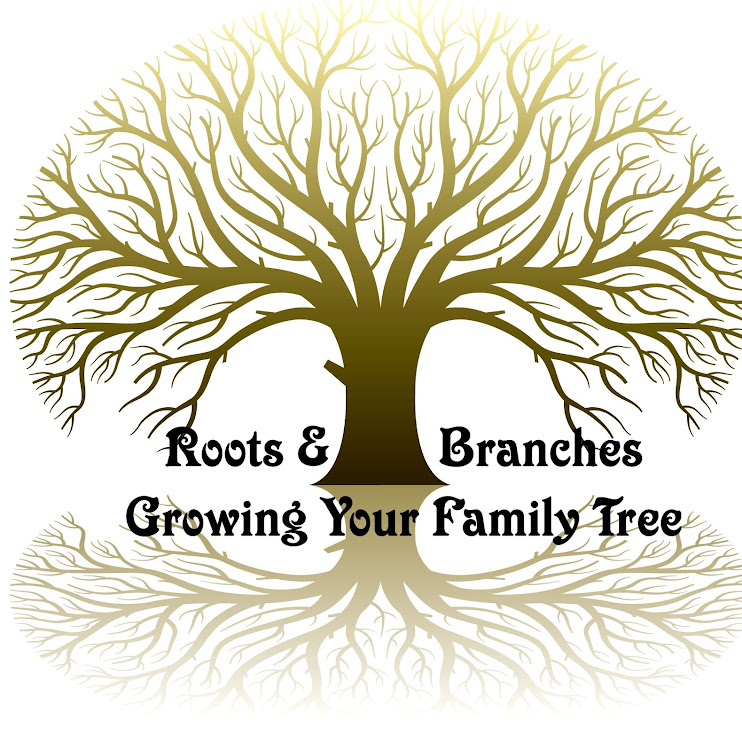Online U.S. Atlas of Historical County Boundaries
One of the more useful tools for genealogists is the
Atlas of Historical County Boundaries
created by the Newberry Library in Chicago. When I first started in
genealogy, one of my biggest frustrations was trying to find records of
ancestors in the county where they lived. Many genealogical records are
created by counties. In many cases, I knew the town where they lived and
I also knew what county the town was in. Yet I couldn’t find the
records that normally are kept in county courthouses, such as probate
records or the deeds of land transfers.
As I gained more experience, I soon learned that the problem was
mine. I had looked in the country records for the county lines of today.
In many cases, the county lines had moved over the years, even though
my ancestors had not moved an inch. Once recorded at the county
courthouse, records normally remain at that courthouse forever, even if
the county lines are redrawn later and the property or the town in
question is then “moved” to a different county.

For instance, if your ancestor lived in the town of Smallville in
Washington County when the information was recorded at the courthouse
and later the county lines were redrawn so that town of Smallville and
your ancestor’s location were later in Lincoln County, you still need to
look for older records in the Washington County courthouse. Existing
courthouse records usually are not moved to a new courthouse when county
lines are redrawn.
Experienced genealogists all know that you need to look in the county
courthouse for the correct county as of the date the records were
filed. But how do you find the the correct county lines as of the
date(s) your ancestors lived there and left records? You can find
several books at well-equipped libraries that will provide that
information. However, the
Atlas of Historical County Boundaries
will provide the information as well without requiring the time and
travel expenses of visiting a well-equipped library. Yes, you can find
the information without leaving home. The
Atlas of Historical County Boundaries web site is available
FREE
of charge. You can even download the files to your own computer and
save them or use them as you please. The online atlas has been available
for years but I find that many genealogists are unaware of its
existence and do not know how useful it can be.
With the
Atlas of Historical County Boundaries, you can view
records on a per state basis, an interactive map, or choose the time
slots that best meet your requirements. You can search by location or by
time or by both. To use the web site for the first time, select a state
from the map on the site’s home page to view all of the Atlas’ content
related to that state, including shapefiles, chronologies, and metadata.
If you cannot quickly find the information you seek, narrow the search
by choosing from the available list of options. Probably the most useful
option for genealogists is to display maps by dates.
A lot of helpful information about the site can be found on the “Using the Atlas” page at:
http://publications.newberry.org/ahcbp/usingatlas.html.
This is a web site worth bookmarking. You probably won’t need to use
it often but, if you do ever have a need, it can supply the information
you seek quickly.
The
Atlas of Historical County Boundaries is available at the Newberry Library’s web site at:
http://publications.newberry.org/ahcbp.


 Privacy
advocates and many others have since questioned the legality of using
the information for law enforcement purposes. Admittedly, the
information is publicly available for all to see. The genealogists who
contributed the information did so willingly and presumably gave
permission for the family DNA to be available to all. However, the
relatives of the uploading genealogists may or may not have given
permission for THEIR personal DNA information to be
made available to the public. After all, it isn’t the DNA of any one
individual; it is indeed the family’s DNA information. Not all family
members have agreed to having that information made available to
genealogists, law enforcement personnel, insurance companies, and
worldwide hackers alike.
Privacy
advocates and many others have since questioned the legality of using
the information for law enforcement purposes. Admittedly, the
information is publicly available for all to see. The genealogists who
contributed the information did so willingly and presumably gave
permission for the family DNA to be available to all. However, the
relatives of the uploading genealogists may or may not have given
permission for THEIR personal DNA information to be
made available to the public. After all, it isn’t the DNA of any one
individual; it is indeed the family’s DNA information. Not all family
members have agreed to having that information made available to
genealogists, law enforcement personnel, insurance companies, and
worldwide hackers alike.




Ok help me here. How could this be done? Even theoretically?